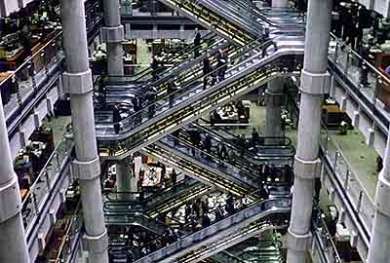Lloyd’s of London : Other Roles
At 5.13am on 18 April 1906,San Francisco, the seventh largest city in theUS, shook, crumbled and then burned to the ground. A massive earthquake, measuring 8.25 on the Richter Scale, brought the city to its knees, sparking uncontrollable fires that raged out of control for three days, taking several thousand lives and making half of the population homeless. TheSan Francisco disaster cost Lloyd’s more than $50 million – a staggering sum in those days, the equivalent to more than $1 billion in today’s dollars.
But the quake also cemented Lloyd’s reputation for paying valid claims. As one of the leading earthquake underwriters, Lloyd’s underwriter, Cuthbert Heath issued his famous edict and built the foundations of the modern Lloyd’s. Cuthbert Heath is credited as being the father of non-marine insurance at Lloyd’s. He cemented Lloyd’s reputation in theUSby paying all claims in relation to the 1906San Franciscoearthquake and fire, irrespective of policy wordings Lloyd’s reputation for paying claims has been tested many times since 1906. Lloyd’s played an integral part in rebuilding theUSafter Hurricane Andrew in 1992, and more recently helped the US back to its feet after the terrorist attack of 9/11 and the hurricanes of 2005.
The disaster had a profound effect on the insurance industry of today. Prominent Lloyd’s underwriter, Cuthbert Heath famously instructed his San Franciscan agent to ‘pay all claims’. The quake also laid the foundations for many of today’s modern risk modelling and building practices.


